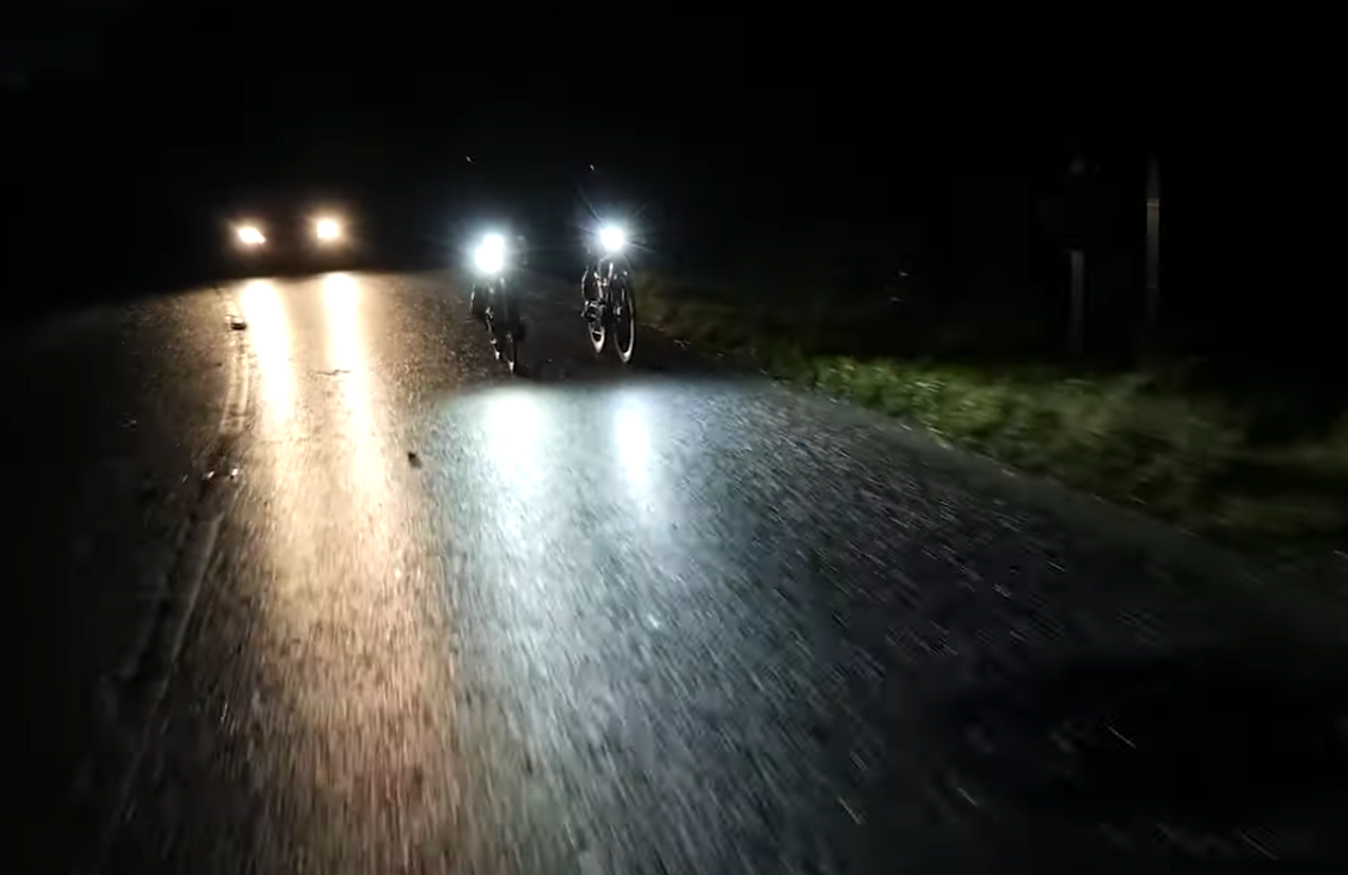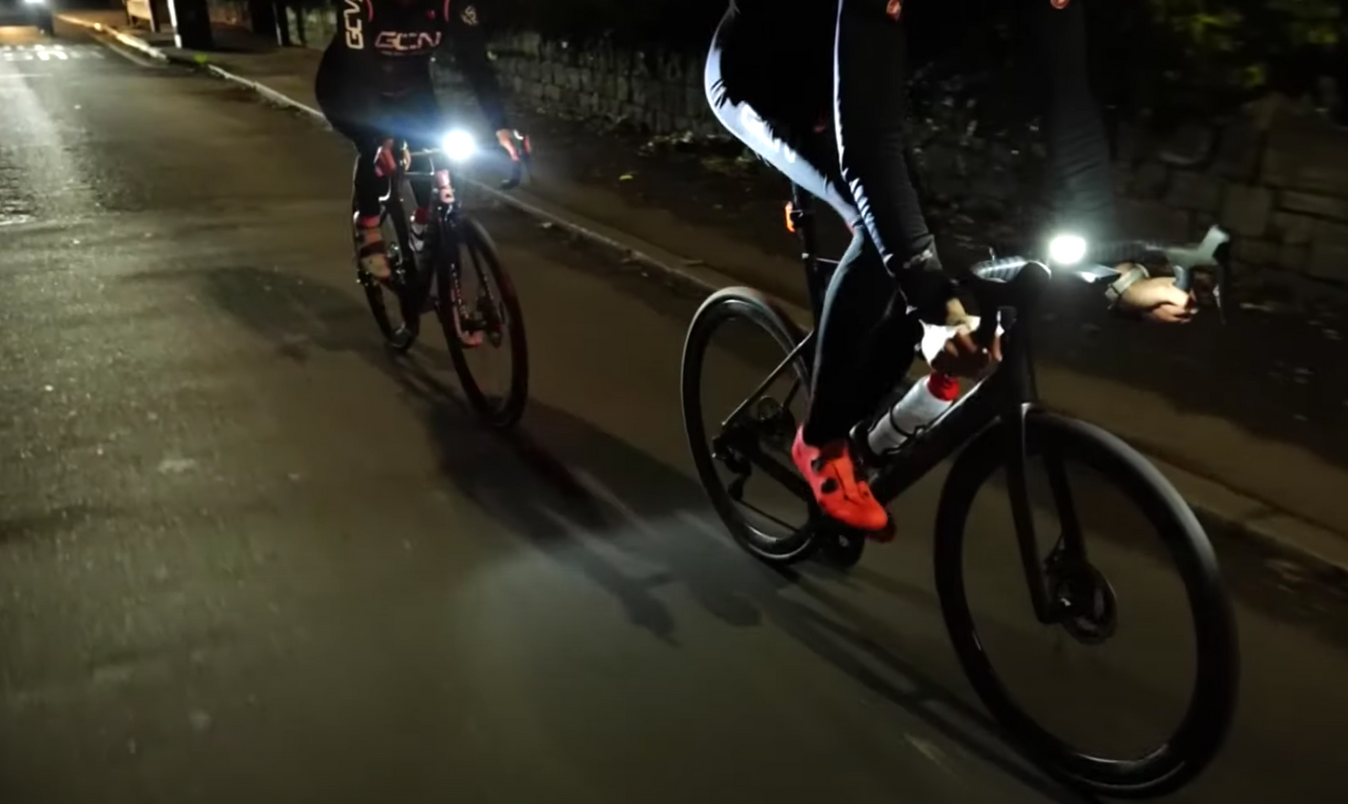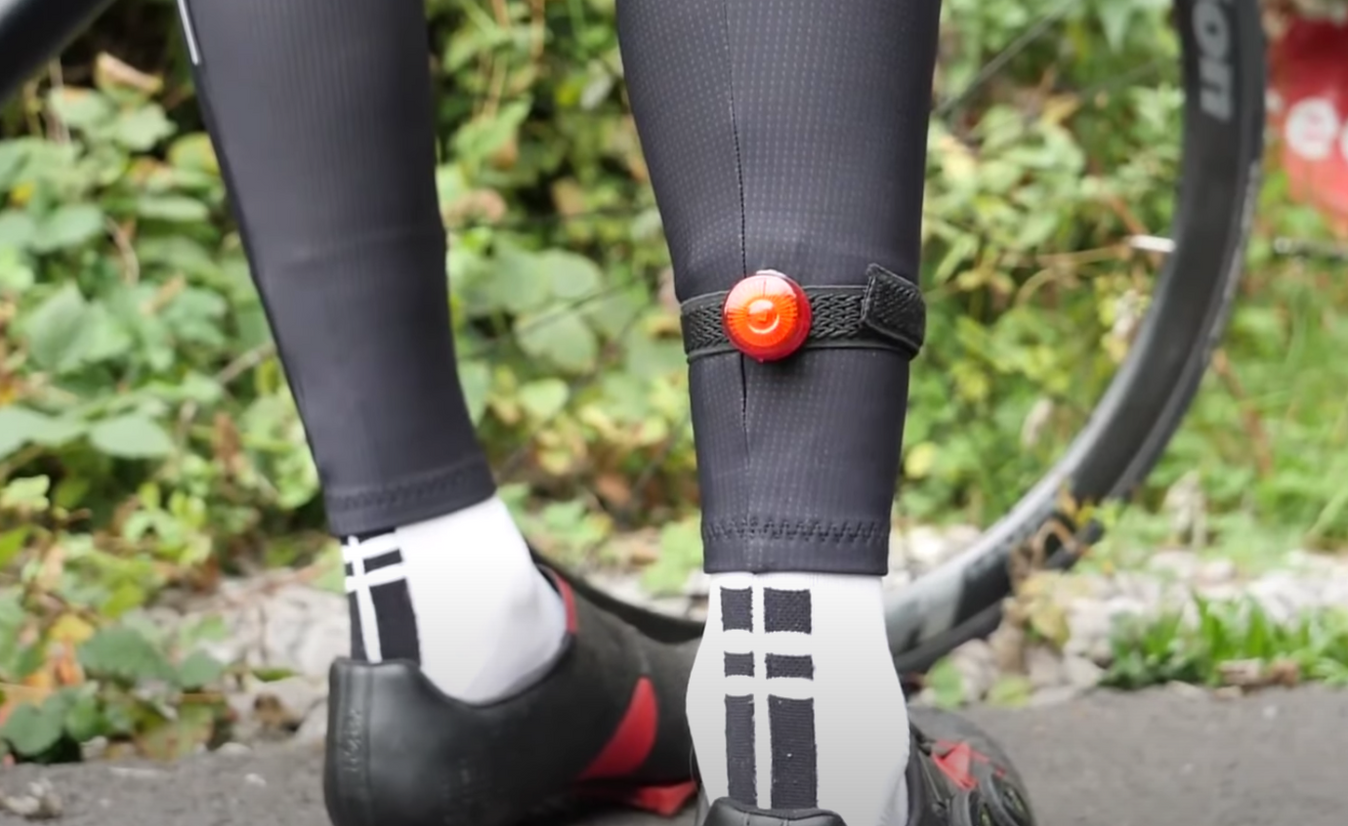Staying visible in autumn and winter: How to choose the right bike lights
From lumens and waterproof ratings to the laws, check out our complete guide to bike lights
Tom Hallam-Gravells
Online Production Editor
The onset of autumn and winter in the northern hemisphere means longer and darker nights. That understandably starts a period of indoor cycling hibernation for plenty of cyclists, but many still like to head outdoors throughout these months, whether it’s to build up some base miles or for more practical reasons, like a commute.
To stay safe while riding throughout these months, cyclists need to be visible to other road users. With everything from bike-based to wearable lights, this is easier than ever before, but the selection available can be bewildering.
To help, we’ve pulled together this guide to bike lights so that you can stay visible and safe while riding throughout autumn and winter.
- Read more: GCN’s ultimate guide to indoor cycling
Bike light laws
Using lights isn’t just about staying safe, it’s also a legal requirement which is enforced in many countries.
In the United Kingdom, according to Rule 60 of the Highway Code, cyclists must use a red light on the rear and a white light on the front of their bikes when riding on roads between sunset and sunrise. Some countries have even stricter rules, so make sure you’re familiar with the requirements in the country you’ll be riding in.
There are also laws that regulate what type of lights a cyclist can use. In Australia, Germany and the Netherlands, cyclists can’t use flashing lights as these are reserved for emergency service vehicles. Some US states only ban front flashing lights.
Other countries have limits on how bright a light can be, so once again, make sure you’re familiar with the local laws.
What are lumens?
Lumens, sometimes abbreviated to lm, are a measurement of a light’s brightness. This is one of the most important considerations when buying bike lights and has the biggest influence over how illuminated you’ll be out on the road.
Lights can have as little as 50 lumens, all the way through to above 1000. For context, an iPhone’s flashlight usually maxes out at between 40 to 50 lumens, while car headlights are usually around 700 lumens in low beam, going up to 1200 lumens in high beam.

© GCN
The more lumens a light has, the brighter it will be
Many lights will have different modes that deliver various levels of lumen, both in a continuous light or flashing mode. As a general rule, higher modes will drain a battery faster, but estimated battery life should be provided when purchasing any light.
IPX waterproof rating
If you’re braving outdoor rides during autumn and winter, you’ll almost certainly encounter rain at some point. That’s why waterproof rating is the next important consideration.
Most bike lights use the IPX waterproof rating system. As bike lights are exposed to the elements, not to mention splatter from wheels, they’ll need a decent level of water resistance.
For the IPX rating system, this is a minimum of IPX4. At this level, bike lights are resistant to water splashes from any direction. This protection is more restricted at IPX3 as water can still penetrate the light from certain angles. These ratings go all the way up to IPX8, which is the Fort Knox level of waterproof protection. With this rating, lights can survive submersion in water.
Front bike lights
As well as making you visible, a front light has the added responsibility of illuminating the road, helping you to spot any pesky potholes which seem to litter the roads when the weather turns bleak. That’s why front lights need to be brighter than rear lights.

© GCN
Front bike lights need to illuminate the road as well as making you visible
Bike light technology has advanced over the years and it’s now possible to buy a light that packs in 500 lumens for as little as £30 / $30. For a little extra, this can go all the way up to 1,000 lumens - that’s comparable to a car headlight.
If you generally ride in well-lit areas, something towards the 500 range should suffice. Aim for something towards the 1,000 range if you regularly ride on unlit roads. Just be wary of going too bright - you don’t want to obstruct the vision of any passing vehicles.
One way to protect other road users is by angling the light towards the road. When positioned correctly, a light should be angled slightly down while still illuminating the road in front of you.
We’d also recommend sticking to a constant light rather than the flash which can be blinding for other road uses, especially when in a low-light setting. Try to save the flash mode for when you’re riding in brighter conditions when it won’t dazzle other road users.
Rear bike lights
With only one responsibility - keeping you visible - rear lights aren’t as powerful and anything between 50 to 100 lumens is usually sufficient.
There is plenty of debate about whether it’s best to use a rear light in constant or flashing mode, and there are benefits to both. A study by Clemson University, has shown that motorists spot flashing lights from a much greater distance. However, flashing lights can impact depth perception, making it difficult for a motorist to know exactly how far away a cyclist is.
To combat this, try using two rear lights: one on the bike and one on your helmet, each in a different mode. If you ride in a group, stick to a constant light - your riding buddies will appreciate it.
Make sure nothing is blocking the light, like a saddle bag or mud - a mudguard is another good idea for autumn and winter.
Wearable lights

© GCN
Wearable flashing lights are easier to spot for motorists, according to a study
Some cyclists are reluctant to wear body lights. While they may not look particularly cool, the same study by Clemson University suggests that they could be even more effective than rear bike lights.
In the study, it was found that motorists spotted heel-mounted flashing lights from a much greater distance, compared to a flashing light mounted on a seatpost. While these benefits are specific to the legs, other body lights will also contribute towards your visibility too - the more, the merrier.
Many brands like MET also sell helmets with rear lights built in, while there are individual lights that are designed to attach to the top of helmets. Try to use multiple different lighting options - it’s better to go over the top rather than not wear enough.
How to charge a battery light?
Most modern bike lights are charged using a USB cable, although some still use batteries.
Generally, a USB light will be much more practical, especially if you commute as you can charge the lights at your workplace. It’s also the cheaper option too, in the long run.
Even the most organised person can sometimes forget to charge their lights, but USB lights also tend to have a warning system to notify you.
For more cycling tech buying advice, head over here.

.png?w=600&auto=format)





.jpg?w=600&auto=format)



